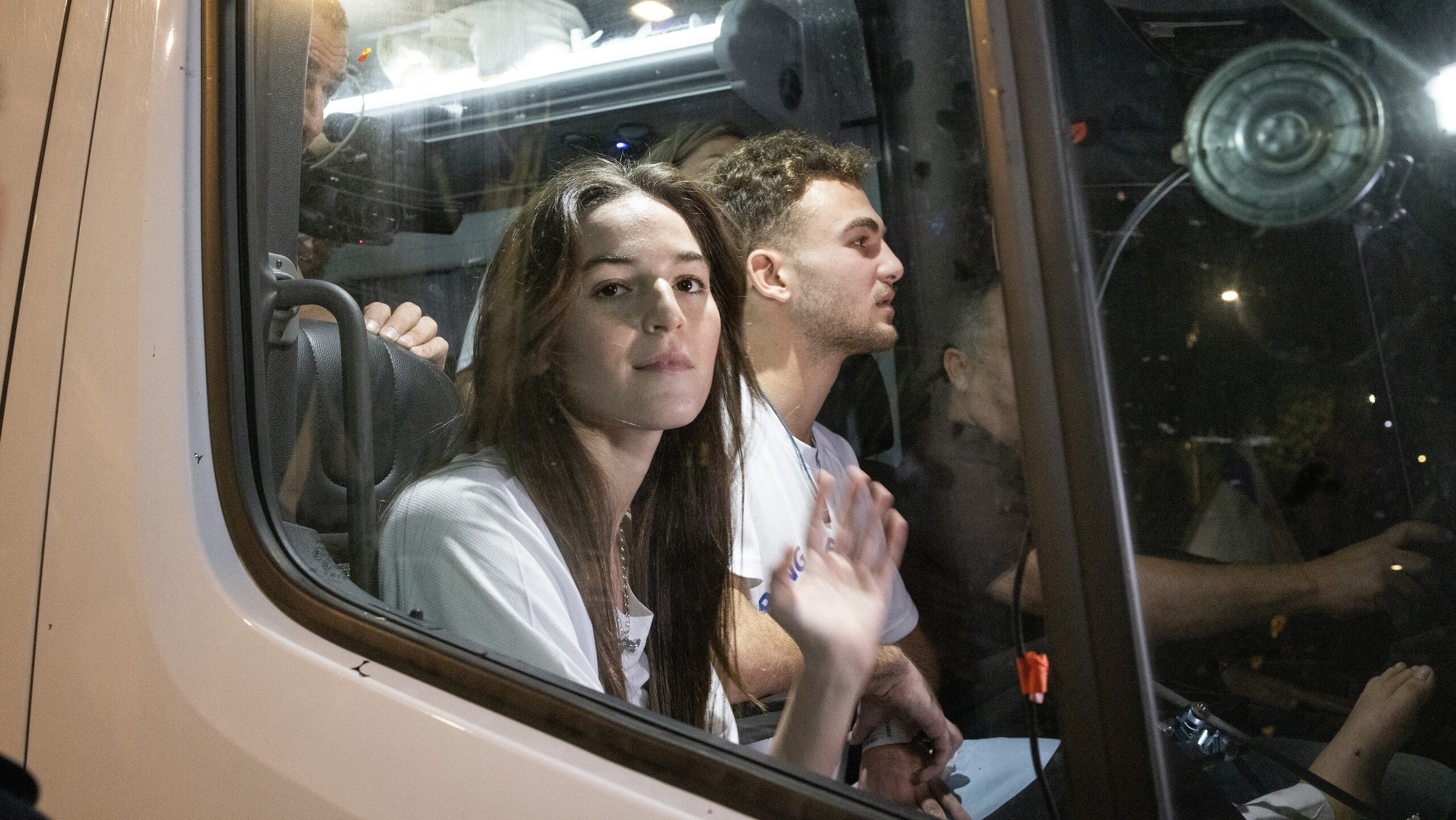National Trauma: ‘Southern Album’ Exhibition Unveils Visual Narratives of Tragedy in the South of Israel
Curated by Prof. Dana Arieli, a new exhibition in Petah Tikva showcases 250 artworks capturing the aftermath of the Oct. 7 massacre, reflecting on trauma through photography. Photographers share their personal stories with The Media Line.
The art project “Southern Album,” curated by Prof. Dana Arieli, has opened in Petah Tikva, highlighting the aftermath of the October 7 massacre through a series of photographs and texts.
Spanning two museums, the project shows southern Israel’s transformation and explores its resilience with contributions from 107 photographers. In the accompanying exhibit book and the museums, the participants convey their pain and offer windows into the tragic narratives.
The Media Line spoke to Professor Dana Arieli, the curator of the “Southern Album,” who serves as the dean of the Faculty of Design at the Holon Institute of Technology. A researcher and photographer, she specializes in the intersection of art and politics.
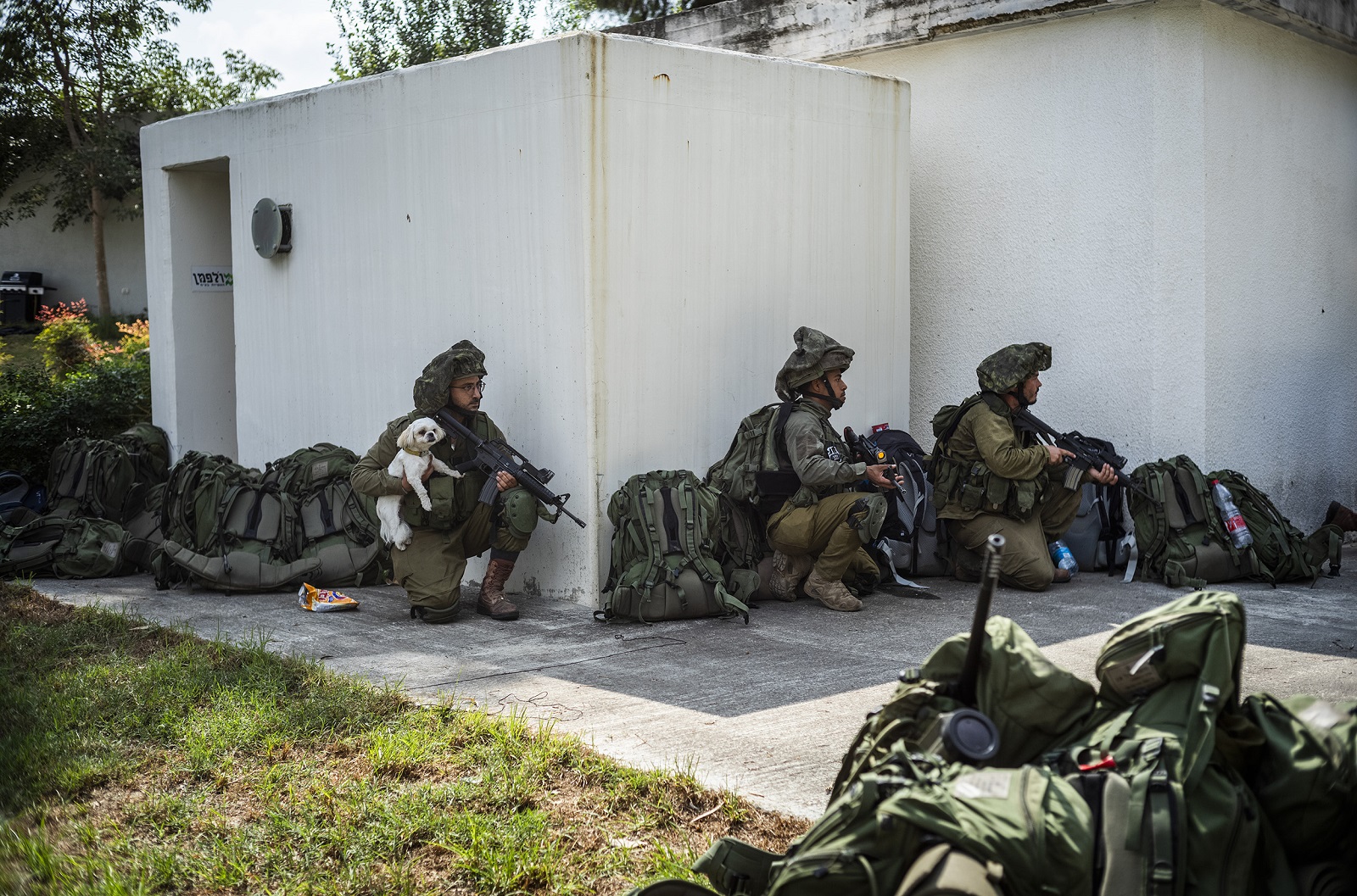
Israeli soldiers scanning the area around Kfar Aza as Israeli army regained control of the area. (Ilia Yefimovich/DPA)
During the October 7 attack, Arieli was in the Netherlands preparing for a solo exhibition scheduled for July 1, 2024, in Berlin.
“I was planning to return, but flights were canceled,” she recalled. Later that day, Arieli received the devastating news of the loss of friends during the terrorist incursions in southern Israel.
“Early in the morning, I learned about the death of Ofir Libstein, an Israeli politician and head of the Sha’ar HaNegev Regional Council, whom I knew personally. Less than 24 hours later, I was informed of the tragic murder of my friend Gideon Pauker by Hamas in his own home at Kibbutz Nir Oz, just nine days before his 80th birthday.”
“My experience tells me that the only way to cope with trauma is to do something, so I reached out to friends in the photography community, asking for their contributions,” she explained.
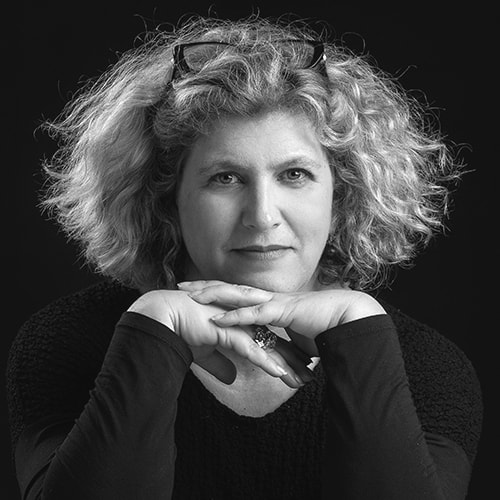
Prof. Dana Arieli. (Courtesy)
On October 20, Arieli began sharing images that other photographers had sent her on her Facebook page. About 100 days later, she approached the Petach Tikva Museum of Art, securing approval for an exhibition titled “Southern Album.” Around the same time, Yediot Books approached Arieli about turning her Facebook project into a book.
“That was a more complex challenge. ‘Album Darom’ became a collaborative photography project with over 250 images displayed in the museum and more than 350 included in the book. We’re still amid the conflict, so predicting the outcome is premature. But I believe it’s crucial to pause and reflect on what lies ahead,” Arieli shared.
Give the gift of hope
We practice what we preach:
accurate, fearless journalism. But we can't do it alone.
- On the ground in Gaza, Syria, Israel, Egypt, Pakistan, and more
- Our program trained more than 100 journalists
- Calling out fake news and reporting real facts
- On the ground in Gaza, Syria, Israel, Egypt, Pakistan, and more
- Our program trained more than 100 journalists
- Calling out fake news and reporting real facts
Join us.
Support The Media Line. Save democracy.
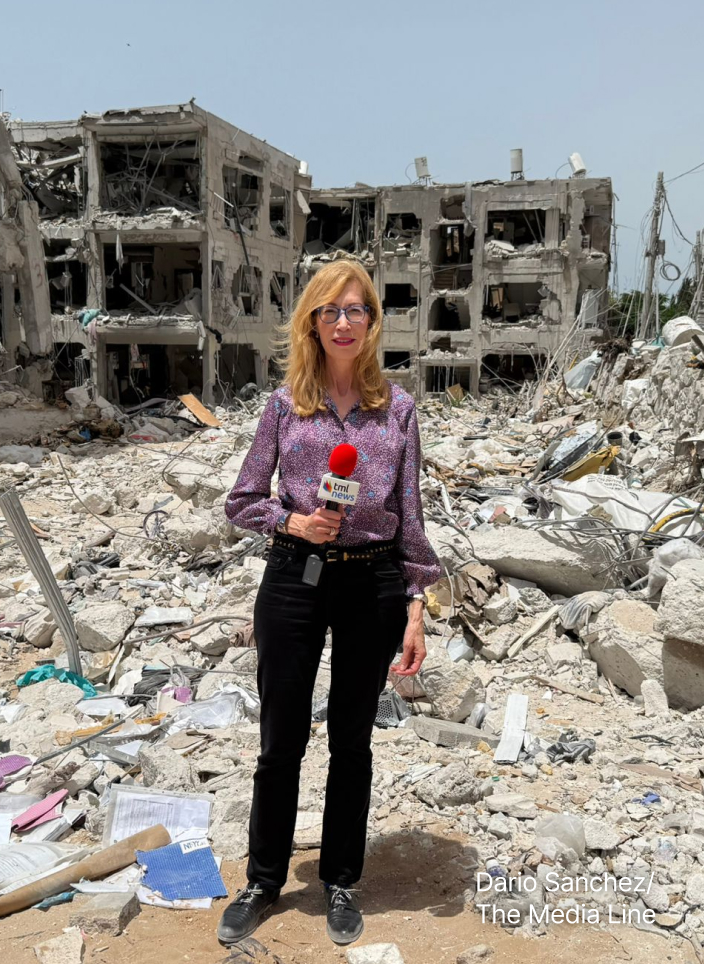
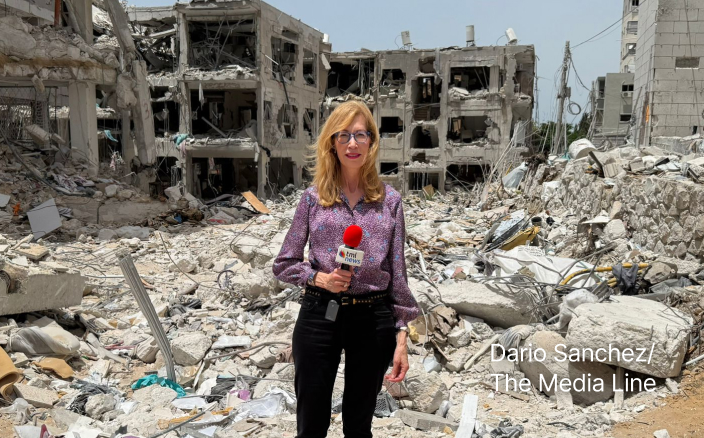
Avishag Shahar-Yashuv, an Israeli photojournalist and documentary photographer who has been working with The New York Times for two years, participated in the exhibition by documenting the funerals of her friends.

Mourners and IDF soldiers gather around the five coffins of the Kutz family during their funeral in Gan Yavne on October 17, 2023. (Avishag Shaar-Yashuv/The New York Times)
On October 7, Shahar-Yashuv observed Shabbat, so she couldn’t contact her loved ones until the end of Saturday. Two days later, The New York Times asked Shahar-Yashuv to enter the Kibbutz Shfahim, where the residents from Kfar Aza were evacuated.
“There, I saw a woman who told me we had met before in Kfar Aza. That’s when I suddenly remembered that I forgot to call Livnat. A month before October 7, I published my first book, and Livnat really wanted me to come and talk about it, but I couldn’t find the time and promised to talk to her later,” Shahar-Yashuv recalled to The Media Line.
“I said aloud, ‘I forgot to call Livnat!’ The woman I was talking to looked at me, and I immediately realized that they were murdered. Then I asked about Aviv and the children, and we just started to cry.”
The entire Kutz family—Aviv, 54; Livnat, 49; Rotem, 19; Yonatan, 17; and Yiftach, 15—was murdered by Hamas terrorists in their home in Kfar Aza on October 7.
“The rest of the family and the paper both asked me to take pictures at the funeral,” Shahar-Yashuv said. “When I’m photographing funerals, I try to hold a poker face, not to cry, not to express my feelings, but in this case, I couldn’t hold it. I cried a lot and couldn’t stop,” she shared.
“These people in the picture are the reflection of me, of how I feel,” she said.
Sholi Strauss, a designer also participating in the exhibition, captured a moment when his family anxiously awaited the terrorists in the shelter of their home in southern Israel.

(Courtesy Sholi Strauss)
“I was in the safe room with my two older sons, who were 16 at the time—they’re twins—and my youngest son, who was 12. My wife, a nurse, had gone to work in Beersheva the evening before and wasn’t home,” he recalled.
Strauss described how the shelter room in their house couldn’t be locked. As they waited, news of the terror attack began flooding in.
“My children learned that their schoolmates had been attacked. We saw more and more distressed messages in our WhatsApp groups. As time passed, I realized the terrorists were getting closer. That’s when I knew we might be next,” he said.
Strauss instructed his children that if the terrorists tried to open the door, they should all push against it.
“I also told them that if someone is managing to break in, they should hide under the bed. My plan was to attack the terrorists with a knife, possibly getting hurt, but drawing attention away from my children,” he told The Media Line.
Strauss admitted that for the first few months after the attack, he couldn’t engage with anything related to art or aesthetics.
“Everything seemed dull, gray, and ugly. But when Dana called me and mentioned the exhibition, I agreed to participate. Still, I believe all of us now carry lifelong scars,” he reflected.
Dana Arieli shared that her research has focused on the interplay between art and trauma, for example, her books on the 1995 assassination of Israeli Prime Minister Yitzhak Rabin and on artistic responses to the Second Intifada in Israel (2000-2004).
“I’ve witnessed how traumatic events transform into art; we call it cultural trauma. The events of October 7, 2023, constitute an unprecedented national trauma. It will take decades to fully comprehend its impact,” Arieli explained.
